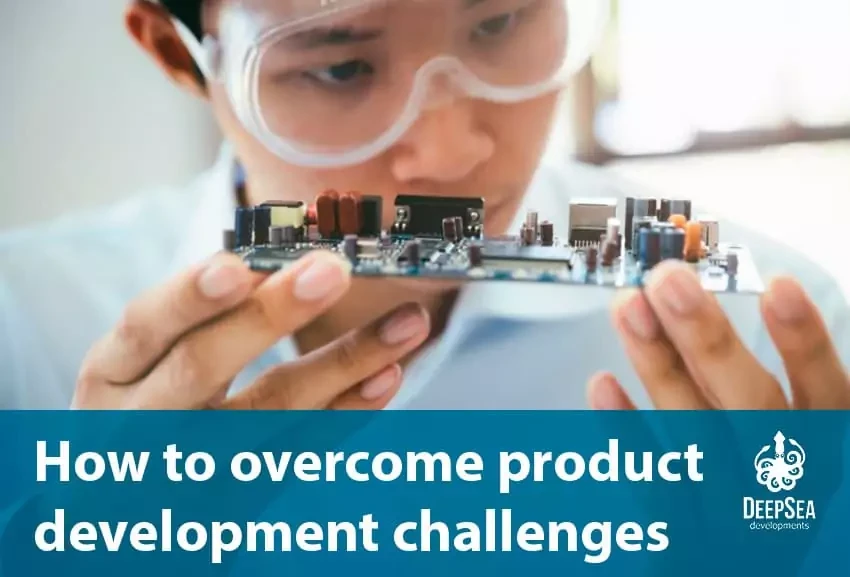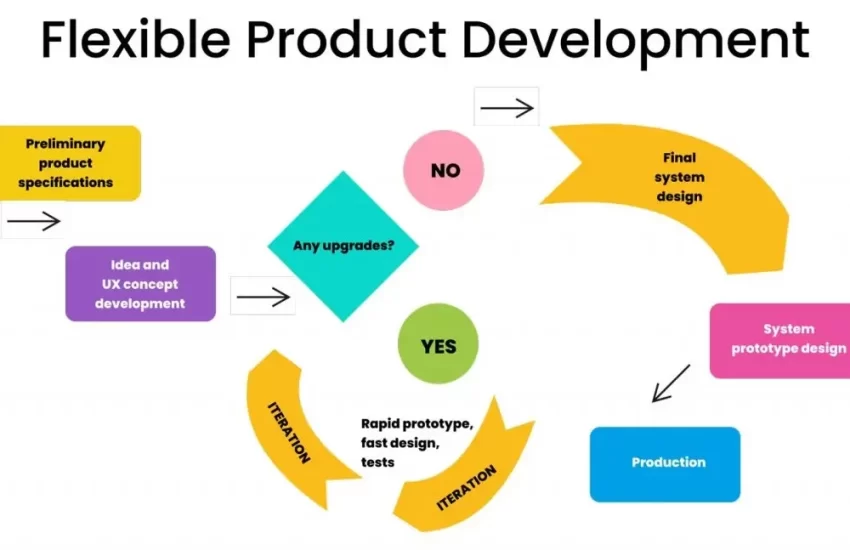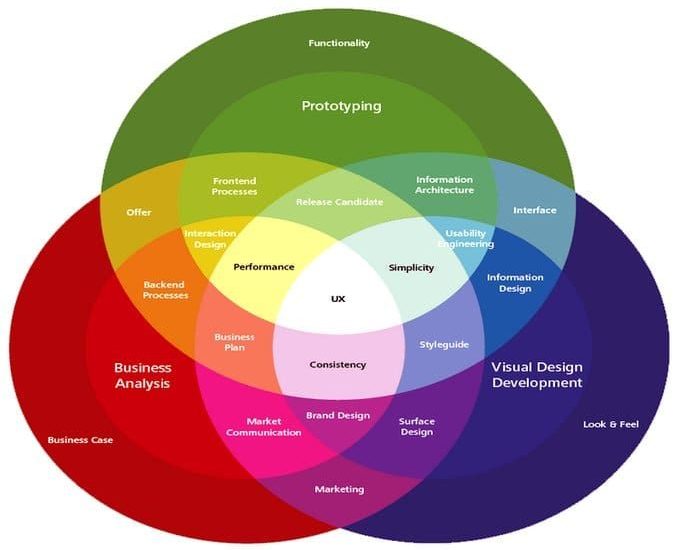Product Development Challenges and How to Overcome Them
Developing a successful product in the tech industry can be a daunting task. From ideation to execution, there are several challenges that product developers face along the way. In this article, we will explore some of the most common product development challenges and provide tips on how to overcome them.
1. Market Research and Validation
One of the first challenges in product development is conducting thorough market research and validating your product idea. It is crucial to understand the needs and preferences of your target audience to ensure that your product will be successful in the market. To overcome this challenge, take the time to research your target market, gather feedback from potential customers, and test your product idea before investing too much time and resources.
2. Limited Resources
Another common challenge in product development is having limited resources, such as budget, time, and manpower. To overcome this challenge, prioritize your tasks, set realistic goals, and allocate your resources wisely. Consider outsourcing certain tasks or partnering with other companies to leverage their expertise and resources.
3. Technical Challenges
Technical challenges are often encountered during the development phase of a product. Whether it’s integrating complex features, optimizing performance, or ensuring compatibility with different devices, technical challenges can significantly impact the success of your product. To overcome this challenge, work closely with your development team, conduct rigorous testing, and seek support from technical experts if needed.
4. Competition
In the tech industry, competition is fierce, and it can be challenging to stand out among other products on the market. To overcome this challenge, focus on creating a unique value proposition, differentiating your product from competitors, and continuously innovating to stay ahead of the curve. Monitor the competition closely, gather feedback from customers, and adapt your product strategy accordingly.
5. Changing Consumer Preferences
Consumer preferences and trends are constantly evolving in the tech industry, making it difficult to predict what will resonate with your target audience. To overcome this challenge, stay informed about market trends, gather feedback from customers, and be prepared to adapt and pivot your product strategy as needed. Keep an eye on emerging technologies and consumer behaviors to stay ahead of the curve.
6. Regulatory Compliance
Regulatory compliance is a critical aspect of product development, especially in the tech industry where data privacy and security are major concerns. To overcome this challenge, familiarize yourself with relevant regulations, work closely with legal experts, and implement robust security measures to ensure compliance. Prioritize data protection, transparency, and accountability in your product development process.
7. Scalability and Growth
As your product gains traction in the market, scalability and growth become important challenges to address. To overcome this challenge, plan for scalability from the onset, design your product with future growth in mind, and continuously optimize and refine your product based on user feedback. Invest in technology infrastructure, automation, and scalability tools to support your product’s growth.
Conclusion
Product development in the tech industry is a complex and challenging process, but with careful planning, strategic decision-making, and a customer-centric approach, these challenges can be overcome. By addressing market research, resource allocation, technical challenges, competition, changing consumer preferences, regulatory compliance, scalability, and growth, you can increase the chances of success for your product. Keep an eye on market trends, listen to customer feedback, and be proactive in addressing challenges along the way. With perseverance and innovative thinking, you can develop a successful product that meets the needs of your target audience and stands out in the competitive tech landscape.


